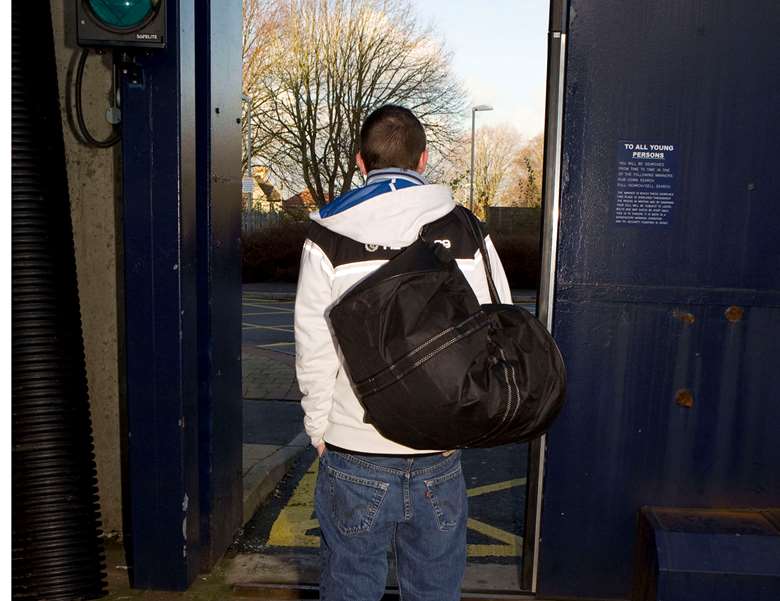Reoffending from youth custody on the rise
Nina Jacobs
Tuesday, April 30, 2019
The proportion of young people released from youth custody who go on to reoffend within 12 months has risen to its highest level for two years, according to latest official figures.

Quarterly statistics published by the Ministry of Justice for the period April to June 2017 show 70.5 per cent of young offenders released from custody reoffended - the last time figures reached a higher level was for the same period in 2015 (71.4 per cent).
The average number of reoffences committed by young offenders after being released from custody also showed an increase to 5.39 from 4.98 over the same two-year period.
However, the overall youth reoffending rate for April to June 2017 is 38.4 per cent, a year-on-year drop for the rate recorded for the same quarter in 2016 which was 41.6 per cent.
The figures indicate a declining trend for youth reoffending - annual statistics published by the Youth Justice Board and the Ministry of Justice for 2016/17 showed the rate of youth offending was 42.2 per cent.
"The new reoffending measure, however, is likely to be more variable from quarter to quarter due to the smaller size of the cohorts which have fallen by 85 per cent since 2006," the report states.
The research shows that around 12,000 reoffences were committed by young offenders during the year-long follow-up period (2016/17), an average of 4.13 reoffences per young person.
Young offenders with 11 or more previous offences had a higher reoffending rate than those with no previous offences, 72.8 per cent compared with 20.8 per cent respectively.
Those aged 10 to 14, which have previously overtaken 15- to 17-year-olds as the group with the highest reoffending rate, remain the cohort with the highest reoffending rate of any age group (38.4 per cent), closely followed by the 15 to 17 cohort (38.3 per cent).
"However, the number of offenders in the 10 to 14 age group has fallen by almost 90 per cent since 2006," the report adds.
It highlights the reoffending rate for young offenders is higher than that for adults and only starts to drop with increasing age once offenders reach their late 30s.
"These figures highlight one of the many reasons why child imprisonment should end," said Andrew Neilson, director of campaigns for the Howard League for Penal Reform.
"Prisons and secure training centres neither keep children safe nor guide them away from crime.
"About half of the calls received by the Howard League's legal advice line in the last year have concerned children who did not have suitable accommodation or support for release. Children are being set up to fail," he added.
Carolyne Willow, director of children's rights charity Article 39, said: "That seven in 10 children leaving custody are known to reoffend within a year should be the loudest of klaxon calls that we need a radically different approach.
"More than two years ago, the government committed to phasing out damaging young offender institutions and secure training centres.
"This needs to happen as a matter of urgency accompanied by substantial investment in vulnerable children's education, social care, health, leisure and family support services," she said.




